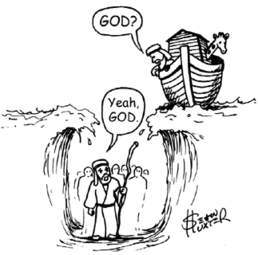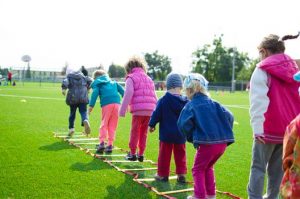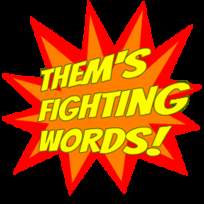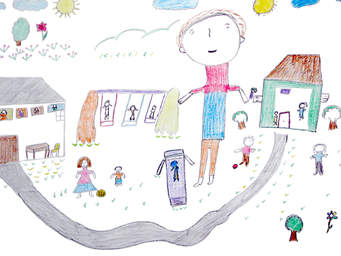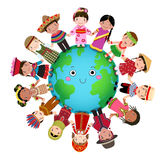
Language is more than just words. People who share a language share a culture and an identity. Learning a language is more than just learning sounds, vocabulary and grammatical rules. It’s also learning the culture expressed by that language. Therefore when parents/families teach children their spoken language they are also teaching them and identity and a culture. Sound is an important part of this process.
Sounds in Spoken Language
Children become aware that some words rhyme. When I read Sofi “Green Eggs and Ham”, she will meet my “box” with the word “fox” for example. She recognizes the same sound. However, Mark at 4 yrs knows they rhyme and can make work families –cat, sat, mat, rat, and so on. Although at different levels they are both developing phonological awareness; that is they can hear and work with the sounds of the English language.
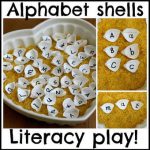 The ABCs
The ABCs
Knowledge of the alphabet – the names, sounds and shapes of the letters by the time children get to kindergarten is a great help. At 2yrs a child (my experience, perhaps even younger) who has been immersed in a language rich environment can recognize the name, sound and identify a word that starts with a specific letter. Sofi ‘reads’ her alphablock book. She starts with the letter name, sound and the name of the picture on that page. Of the 3 things she identifies the most helpful in helping her to read is the sound she makes when she looks at a particular letter. We read by blending sounds, not by saying letter names.
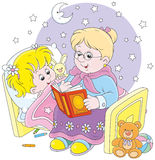 Reading Aloud
Reading Aloud
This is really the context within which reading develops. It’s probably the most important building activity a parent can do to start the process. When children actively participate in the reading aloud with adults, they learn new words, learn more about a theme, learn about written language and really see the connection between reading and writing. They are making connections and practicing applying knowledge acquired in different contexts. They may connect to another book, to a movie, to a personal experience…. they begin to transfer knowledge from one area to another.
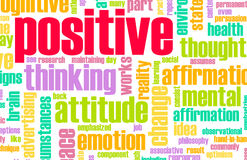
Vocabulary and knowledge of the World
Vocabulary is the number of words we use to name concrete/ abstract objects/ideas. It’s word power that allows us to express what’s in our minds and understand other peoples’ ideas. The size of a person’s vocabulary is connected to that person’s ability to comprehend what he/she reads in all areas. Children learn vocabulary both indirectly, by hearing and seeing words as they listen, talk and read; and directly when parents and teachers teach them the meaning of words. The more personal experiences children have the greater is their vocabulary. When they go grocery shopping with their parents, when they go to the park, zoo, travelling, visiting, are all opportunities to learn that are built in a day’s activity. These are not programs, these are ways of living. Parents are busy so it’s important to use the time they have with the children and use it productively. Even watching TV together and talking about what they are seeing can be an opportunity for learning, providing the program can teach anything of value.
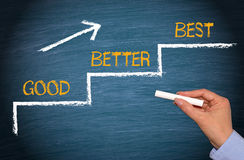
Comprehension
Comprehension is critical to reading. Getting meaning out of text is the reason to read. By using what they already know children can attach new meaning, new concepts, new words to further their understanding of a subject. At this young stage ‘conversations’ with adults about the world around them are a good context to show children how to make connections. Also by asking what they think can happen, making mental pictures, and asking questions. When adults model these strategies aloud they are showing the though process for reading/ problem solving, etc. Later children will learn to make predictions, make inferences, summarizing and so on. By modelling these behaviours early on adults are helping build these reading blocks, which will be part of a structured reading process at school.
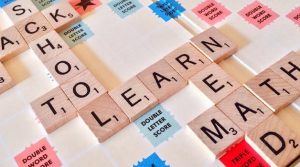
There are many games and programs to keep children entertained and teach them words and sounds, but there is no substitute for the human voice and human interaction. I truly believe this.
With Love and Gratitude
Alda
Resources
www.starfall.com ( I like this site. It’s the closest I’ve found to teach phonics the way I believe is less confusing for children. )

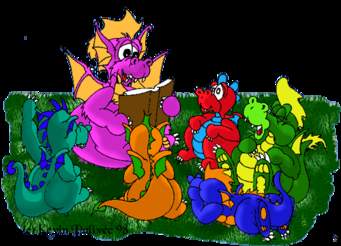
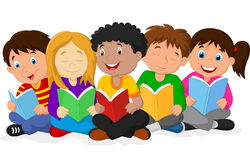
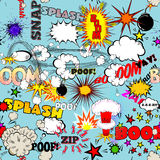
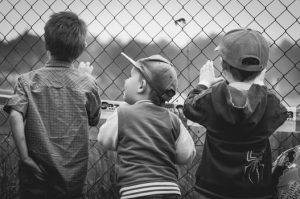
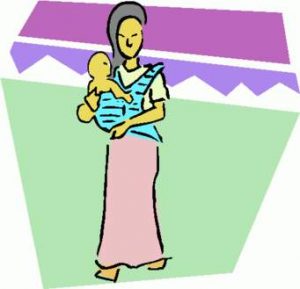
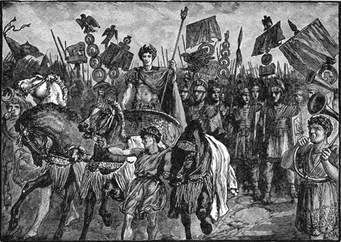

 In Canada, 42% of Canadian adults between 16-65 years of age have low literacy skills and are considered semi-literate. According to Craig Alexander, deputy chief economist of TD Bank Financial Group (2007), “The Canadian economy could enjoy a $32 billion boost if literacy rates were improved by only 1%.” The Canadian Council on Learning in the report, “The Future of Literacy in Canada’s Largest Cities” (Sept. 8, 2010) suggests that by 2031 more than 15 million Canadian adults will have low literacy levels. This is an increase of 25% in the next 20 years, which will create a ‘literacy dilemma’ if the situation is not addressed immediately.
In Canada, 42% of Canadian adults between 16-65 years of age have low literacy skills and are considered semi-literate. According to Craig Alexander, deputy chief economist of TD Bank Financial Group (2007), “The Canadian economy could enjoy a $32 billion boost if literacy rates were improved by only 1%.” The Canadian Council on Learning in the report, “The Future of Literacy in Canada’s Largest Cities” (Sept. 8, 2010) suggests that by 2031 more than 15 million Canadian adults will have low literacy levels. This is an increase of 25% in the next 20 years, which will create a ‘literacy dilemma’ if the situation is not addressed immediately.
